Walkway Covering
Walkway Covering: Overview
A walkway covering is a shelter or canopy that provides coverage over walkways, paths, or sidewalks, offering protection from adverse weather conditions. This structure can be temporary or permanent and can be built using various materials, including fabric, metal, wood, or glass. Walkway coverings enhance the comfort and safety of pedestrians by offering shade, preventing slipping from rain or snow, and offering protection from wind and UV rays.
Key Features of Walkway Coverings
-
Weather Protection:
- Rain and Snow Protection: Walkway coverings protect pedestrians from getting wet during rain or snowstorms. The canopy ensures that individuals walking through the area are shielded from the elements, providing a more comfortable and safe experience.
- Sun Protection: In sunny weather, walkway coverings offer shade, helping to reduce exposure to harmful UV rays. This is especially beneficial for outdoor walkways in areas with hot climates or for businesses that want to provide a cooler environment for customers.
- Wind Protection: Some walkway coverings are designed to act as a windbreak, providing a barrier against strong winds, making outdoor walking paths more comfortable even on windy days.
-
Durable Materials:
- Walkway coverings can be made from a variety of materials, such as polycarbonate, fiberglass, canvas, acrylic, and metal. Each material offers different benefits, such as weather resistance, UV protection, and longevity.
- For instance, polycarbonate coverings are highly durable and provide excellent UV protection, while canvas coverings may offer a more flexible, cost-effective solution for temporary uses.
-
Design Flexibility:
- Walkway coverings come in many designs, from simple, straightforward canopies to more intricate, architectural structures. They can be attached to buildings, freestanding, or extendable, depending on the space and the desired aesthetic.
- Designs can range from modern, sleek covers using metal or glass, to classic, traditional covers made from wood and fabric. Some designs may also incorporate decorative elements like lighting, planters, or signage.
-
Customizable Sizes:
- Walkway coverings are available in various sizes, allowing for customization to fit different walkways. Whether you need a small covering for a single residential entrance or a large structure to cover an entire commercial parking lot, walkway coverings can be tailored to the required dimensions.
-
Easy Installation and Maintenance:
- Depending on the design and material, walkway coverings can be relatively easy to install, either as a permanent structure or a temporary fixture. Modular designs make installation simpler and less intrusive to the existing environment.
- Many materials used in walkway coverings are low-maintenance and easy to clean, requiring only occasional washing or inspection to ensure proper function and aesthetics.
Benefits of Walkway Coverings
-
Enhanced Safety:
- By providing protection from rain, snow, or ice, walkway coverings reduce the likelihood of slip-and-fall accidents, which are common in wet or icy conditions. This added safety is especially important in public or high-traffic areas.
- Walkway coverings also help to maintain dry surfaces on walkways, minimizing puddles or ice buildup that can create hazards for pedestrians.
-
Increased Comfort:
- Whether it’s protecting from the hot sun, rain, or cold weather, walkway coverings create a more comfortable environment for those using the path. They allow pedestrians to travel more easily and safely, regardless of the weather conditions.
- In commercial areas, this comfort can enhance the customer experience and encourage longer visits or repeat business.
-
Aesthetic Appeal:
- Walkway coverings can be designed to complement the architectural style of the surrounding space, enhancing the overall aesthetics of an area. With various materials and designs available, you can choose a walkway covering that blends seamlessly with its environment.
- They can be a decorative feature as well, with the use of modern designs, lighting, and landscaping elements like planters.
-
Increased Property Value:
- For residential properties, adding a walkway covering can enhance curb appeal and increase the overall value of the home. For commercial properties, it can improve the customer experience, which may attract more foot traffic and increase business.
-
Cost-Effective Solution:
- In areas prone to extreme weather, investing in a walkway covering can help preserve the walkway surface, reducing maintenance costs caused by weather-related wear and tear. This is especially true for surfaces that can crack or degrade due to prolonged exposure to rain, snow, or sunlight.
Types of Walkway Coverings
-
Freestanding Walkway Canopies:
- Freestanding canopies do not rely on support from nearby buildings and are designed with their own frame. These coverings are perfect for areas where there is no existing structure to attach the canopy, such as in gardens, parks, or large outdoor venues.
-
Attached Walkway Coverings:
- These coverings are attached to a wall or building and extend over the walkway. They are ideal for entryways, commercial buildings, or private homes with a front porch or entrance. The coverage area is typically limited by the structure to which it is attached.
-
Retractable Walkway Coverings:
- Retractable coverings offer flexibility by allowing users to open or close the covering based on the weather or preference. These coverings can be made of fabric, and the retractable mechanism may be manual or motorized, making them suitable for both residential and commercial settings.
-
Metal or Polycarbonate Walkway Covers:
- Metal or polycarbonate coverings provide a more permanent and durable solution, often seen in commercial or public spaces. These materials are long-lasting, weather-resistant, and provide full protection against the elements. Polycarbonate is a lightweight, transparent material that offers UV protection while still allowing natural light to filter through.
-
Fabric or Canvas Walkway Covers:
- Fabric or canvas walkway coverings are often used for temporary or seasonal applications. These canopies are lightweight and versatile and are often used in events, festivals, and smaller residential spaces. They may require more maintenance but are easy to install and remove.
Common Uses for Walkway Coverings
-
Residential Pathways:
- Walkway coverings are commonly used at the entrances of homes, providing shelter for those arriving or leaving, protecting them from rain, snow, or harsh sunlight.
-
Commercial and Retail Spaces:
- Many businesses use walkway coverings to protect customers as they approach the entrance of their store, restaurant, or office building. This is particularly common in areas with unpredictable weather.
-
Public Spaces:
- In public areas such as parks, shopping centers, and transportation hubs, walkway coverings provide shelter and enhance the overall experience for pedestrians. These structures are often used in high-traffic areas to help people move about comfortably, even during inclement weather.
-
Event Spaces:
- Walkway coverings are also used in event spaces such as outdoor festivals, trade shows, and outdoor weddings. They provide shelter for guests and participants and create an organized, safe environment.
Maintenance Tips for Walkway Coverings
-
Regular Cleaning:
- Depending on the material of the walkway covering, it may require regular cleaning. Fabric coverings should be washed or wiped down periodically, while metal or polycarbonate coverings should be cleaned with a non-abrasive cleaner to maintain their appearance.
-
Inspect for Damage:
- Check for any wear and tear, especially after storms or heavy winds. Repair or replace damaged parts, such as torn fabric or cracked panels, to ensure continued safety and functionality.
-
Clear Snow and Debris:
- In colder climates, clear snow, ice, and fallen debris from the walkway covering to prevent damage and ensure safety. Some coverings may need reinforcement to withstand heavy snow loads, so it's important to keep them clear.
-
Check the Structural Integrity:
- Ensure that the frame and supports of the walkway covering are in good condition. Tighten any loose bolts or parts, especially for freestanding canopies that may be subjected to strong winds.
Conclusion
A walkway covering is a practical and stylish solution to protect pedestrians from the elements while adding functionality and aesthetic appeal to outdoor spaces. Whether you're looking to provide shade, shelter from rain, or protect walkways from snow and ice, these coverings are versatile and customizable for a wide range of applications. From residential homes to commercial spaces, walkway coverings enhance safety, comfort, and property value while making outdoor pathways more usable and attractive.
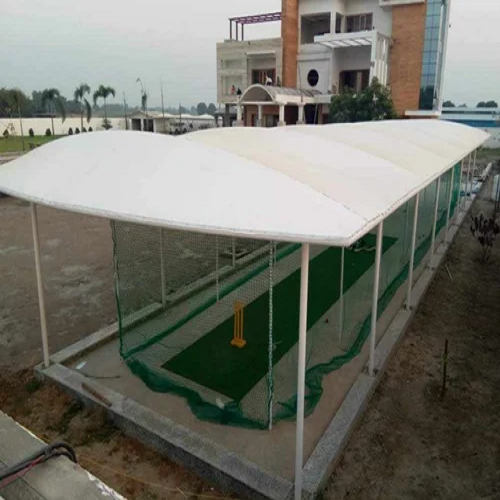
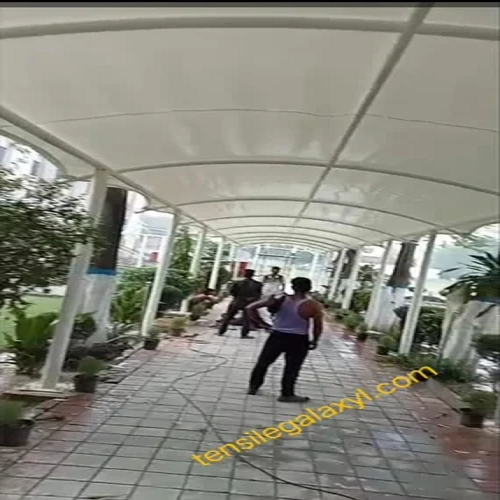
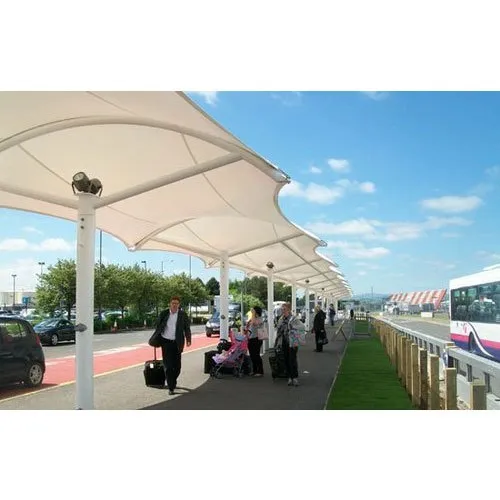
.jpg)
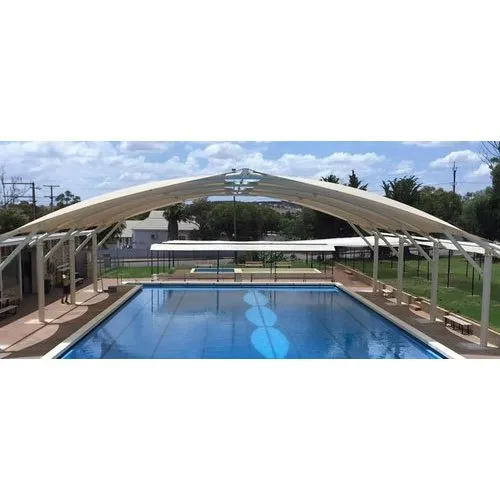
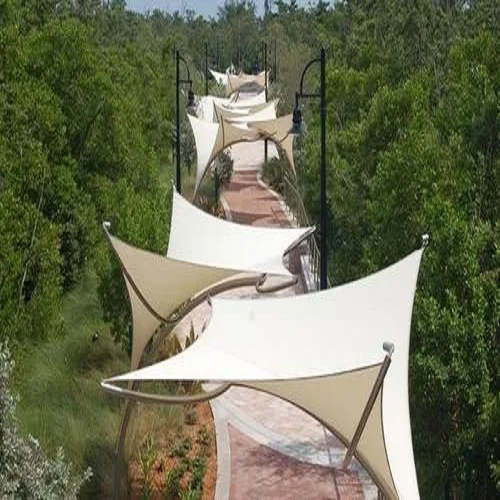
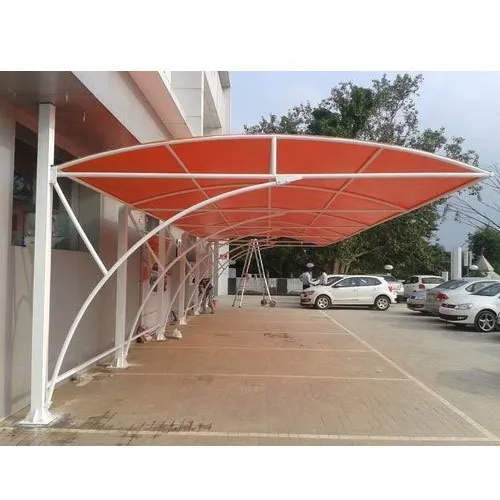
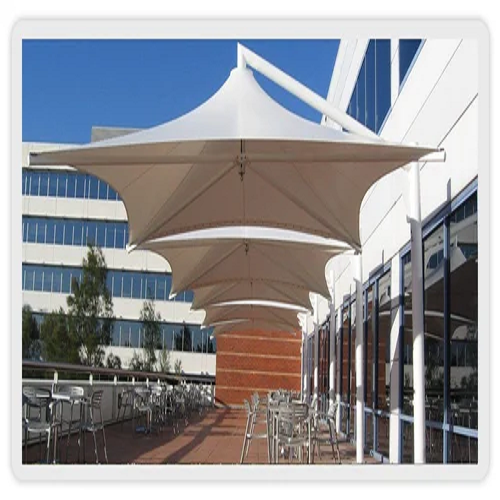









.png)